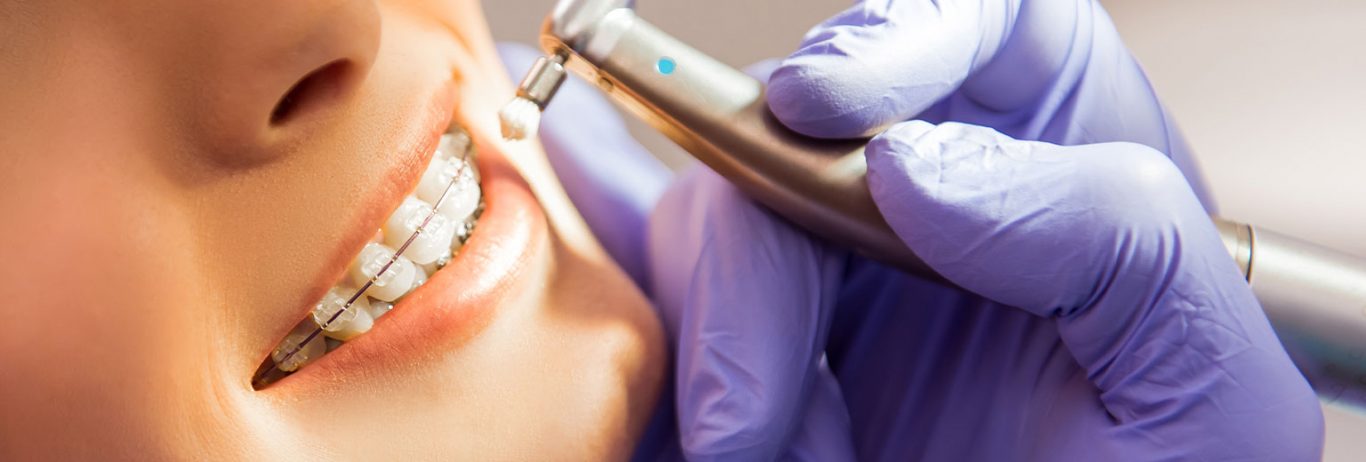
Platelet Fibrin Therapy is a promising approach to the treatment of chronic wounds that has become increasingly popular in recent years.
The primary goal of this therapy is to accelerate the healing process, while reducing the risk of infection and scarring. In order to understand if Platelet Fibrin Therapy is worth the money, it is important to first understand what it entails and how it works.
Platelet Fibrin Therapy works by promoting tissue repair and healing through the application of a patient’s own platelets, which contain a number of growth factors that promote cell migration, angiogenesis (the development of new blood vessels), and collagen deposition. This therapy also involves using fibrin glue technology as an adjunct to wound closure techniques in order to stimulate wound healing. The glue consists of small particles that are gel-like in consistency and carry a concentrated amount of platelets from the patient’s own blood.
The first step in Platelet Fibrin Therapy is for a specialist physician to draw a sample from the patient’s arm or hip area.
The sample will then be processed at a specialized facility where the platelets are separated from other components in the blood sample. Once these platelets have been isolated, they are then mixed with fibrin glue and prepared as an injectable concoction that can be applied directly into damaged tissue areas such as ulcers or wounds. Following injection, Platelet Fibrin Therapy begins its work instantly by promoting cellular activity and encouraging collagen growth which helps speed up wound healing time dramatically.
While Platelet Fibrin Therapy has been known to provide great results when it comes to treating chronic wounds, it does come at a cost.
Depending on where you get your procedure done, you could be looking at anywhere between $1,000-$5,000 just for one session–which may need multiple treatments over time depending on your individual condition and progress rates seen during recovery periods. Additionally, expert dental procedures and some insurance Fcompanies may not cover Platelet Fibrin Therapy due to its classification as an off-label use or experimental treatment option–so out-of-pocket costs could quickly add up over time if you decide on this route for treatment options.
Despite the high costs associated with Platelet Fibrin Therapy, many patients find that it is more than worth their money in terms of long-term health benefits and speedy recovery times compared with traditional wound care methods such as dressings or ointments.
Many reports also show that patients who opt for this therapy tend to experience little or no discomfort throughout their recovery sessions–which makes sense due to its minimally invasive nature when compared with competing treatments like surgery or chemical applications.
Additionally, since Platelet Fibrin Therapy works instantly upon application there is no need for long hospital stays or drawn out recovery periods which can often be found when dealing with more conventional treatments such as skin grafts or amputations–therefore making it more cost effective overall when compared with those types of therapies too!
In conclusion, while there are certainly associated risks and costs involved when considering Platelet Fibrin Therapy as an option for chronic wound treatment–many people find that these minor inconveniences are more than worth their money when taking into consideration all of its long-term health benefits and speedy recovery times.
For these reasons, it is important to talk with your doctor about whether Platelet Fibrin Therapy is an appropriate option for you when considering treatment methods as this could be a great route to take if you’re looking for a safe, non-invasive way to tackle chronic wounds in the future!
P.S: The specialists at ABC Clinic are always available to discuss all of your options regarding Platelet Fibrin Therapy and any other treatments that may help move you along the path towards better long-term health. Contact us today for more information!
